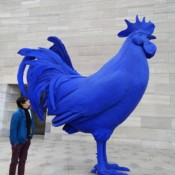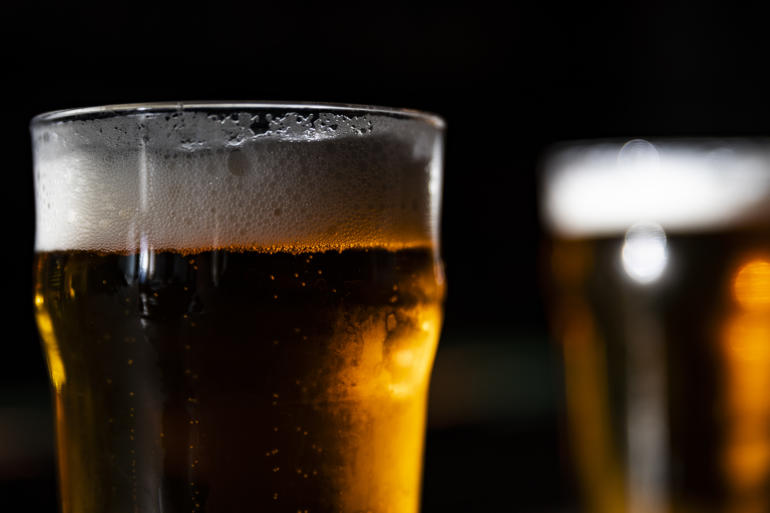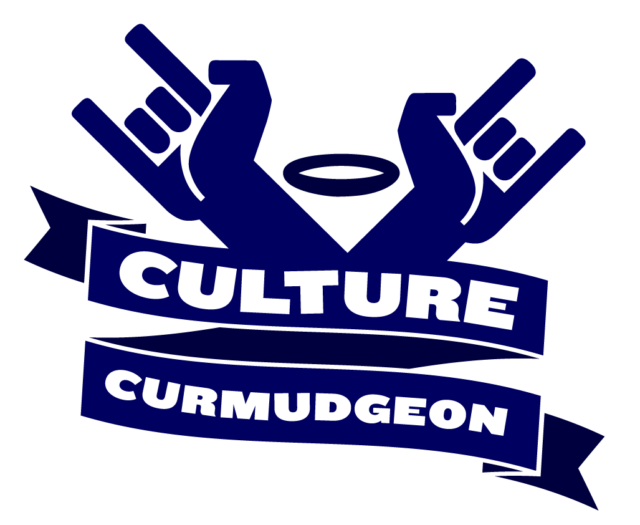For myself, sobriety isn’t terrifying anymore. If anything, it’s flat and uneventful. Some may even call it boring. I’m not here to speak about my own journey to sobriety, but I will say that it wasn’t punctuated with drama.
Instead, I spent a few sleepless nights reckoning how unmanageable my life had become. I wanted a return to sanity, but also feared I would miss the way alcohol colored my world.
Ahmad Coo is a producer and copy editor for the Global Business show on CGTN America. His analysis represents his views alone.
From the last drop to the daily struggle to keep sober, my sobriety was a gradual levelling off of emotions over time. It took a few years, not to mention a lot of support group meetings, therapy, drugs (the legal, prescription kind), religion, and good ol’ rock and roll.
It took work, but it also took learning self-love.
But not everyone is so lucky. There are many lives that alcoholism has utterly destroyed, or damaged beyond repair.
Leslie Jamison’s “The Recovering: Intoxication and Its Aftermath” is the story of her own battle with alcoholism, and how close her life came to a miserable end because of it. It’s also the story of a remarkable recovery.
Before Jamison, I’ve read many a book about the disease of addiction. Most have been so-called ‘drunk-a-logs’, and I consider them to be the most relatable and compelling for those trying to stay sober. They read like diaries.
“The Recovering” may, be one of the most compelling drunk-a-logs I’ve ever read.
Jamison’s reflections on her alcoholism – and how she found a way out – mirrors my own experience. But it’s the potency with which she describes the disease that has me in awe.
“We just keep discovering things we can put into our bodies to change ourselves more dramatically, more suddenly: to feel relief or euphoria or the dulling of anxiety, to feel different, to feel the world made strange, more spellbinding or simply more possible.”
Jamison incorporates history, politics and some memorable anecdotes of some of her fellow travelers within the narrative of her struggle against an alcoholism that nearly destroyed her.
But, unlike most memoirs written by recovered (and relapsed) alcoholics, Jamison writes about her experiences in a disarmingly straightforward and matter-of-fact way. There’s a lack of the melodrama that dominates many drunk-a-logs, which actually makes her narrative more haunting and harrowing.
In one part, she describes a sexual assault that took place after a heavy night of drinking:
“At a certain point we were on my bed and I didn’t want to f__ him- but I was too drunk and too tired to figure out how not to f___ him, so I just lay there, still and quiet, while he finished,” she wrote.
“My rum-blood believed every man’s desire was a gift he gave to me, and a promise I made to him. But there was also this, beyond and beneath each because: It happened because I was drunk, and because he didn’t stop.”
Years later, Jamison would finally achieve sobriety. But, instead of salvation, she found herself struggling with “blankness”- a description that deeply resonated with me. My first few months of sobriety were endlessly dull. Like her, I pined for the inebriation and the unavoidable melodrama fueled by my drinking.

The writer Leslie Jamison (USA), New York, New York, August 15, 2017. Photograph © Beowulf Sheehan mail@beowulfsheehan.com
After a few months of sobriety, in a bid to rejuvenate her creativity, Jamison took up a writing residency in upstate New York. She found it excruciatingly dull.
“Sobriety,” she would write, “had disappointed me in almost every way I could imagine.”
“My own desires were cramped and joyless: I wanted to go to sleep early so I could wake up early and work, or punish my body by running around the ghost lakes in the cool dawn.”
Ashamed of her “prim, ascetic life,” by the time Jamison left the residency, she was determined to start drinking again. And when she did, it was like she had never stopped.
In fact, Jamison found herself drinking more, as if making up for lost time and all the booze she missed during her brief stint in sobriety. She believed a return to inebriation would reawaken her creative life. It didn’t work.
“…I was ashamed that there was nothing I wanted more than to drink,” she said. “Trying to control my drinking only illuminated how deep that wanting went, like tossing a stone down a well and never hearing it hit bottom.”
From my experience, that desire she describes is the essence of addiction. Alcoholics know that desire is inexhaustible and total in its grip. Nothing in life matters, except getting that fix, whether it’s pleasurable or not.
For alcoholics, this experience is much like running downhill at full speed towards a brick wall.
Not surprisingly, Jamison’s life began to unravel. Her bottom came after her drinking destroyed a relationship with the man she loved.
Shortly after that breakup, Jamison decided to quit drinking, again. This time, no explosive drama – just “a plain depletion.”
Relapse is very common with those struggling to beat addiction. In her book, Jamison points to the plights of many literary giants who went to war against their alcoholism and lost.
The American poet John Berryman repeatedly attempted to recover, but found himself relapsing every time. Every bout with sobriety brought Berryman inspiration and a short-lived euphoria, but his relapse was just as dramatic a crash.
Depressed by an unending cycle between sobriety and his addiction, Berryman finally ended his life in 1972.
Jamison explores the lives of other writers and artists as they battled alcohol, but in those tales there’s an absence of schadenfreude. Rather, she casts her gaze on the writings and experiences of those artists to glean lessons on how to stay sober.
“The Recovering” largely tackles the link between substance abuse and creativity – and the myth the two are dependent on one another.
In her writing, Jamison largely rejects the failed hypothesis that addiction and substance abuse are the only fuel for creativity and inspiration.
“Addiction wasn’t completely creative gasoline, but it wasn’t just blunt-force trauma either,” Jamison wrote. “Yearning is our most powerful narrative engine, and addiction is one of its dialects.”
“For me, recovery wasn’t creative death; but it wasn’t instant propulsion. It didn’t deliver the New Creativity like a telegram. It was more like a series of generative formal constraints: finding stories in the world and trying to map their contours.”
Jamison says she’s not being a prude in trying to separate the disease of addiction from personal creativity. She addresses the fears many artists in recovery face when it feels they can’t create without using substances, or immersing oneself in psychic pain.
In some cases, an artists’ greatest works came to being in spite of alcohol.
Her examination of Raymond Carver’s journey to sobriety and his emergence as one America’s greatest writers are Jamison’s way of showing sobriety is a greater force for creativity than addiction and psychological torment.
In the first half of his life, Carver was a hopeless, messy drunk who showed glimpses of greatness as a writer. But when he got sober, he realized that his writing was something separate from the alcohol-fueled chaos of his youth.
Indeed some of Carver’s best work comes in the latter, sober half of his life when he was furiously pounding out stories on his Smith-Corona typewriter. In his prodigious output, he wanted to debunk the myth that one had to surrender your creativity to be sober.
In the last chapter of “The Recovering”, Jamison writes about one of Carver’s students to highlight the belief that sobriety makes for a more productive partner:

“Jay McInerney, a friend and student, had always considered writers ‘luminous madmen who drank too much and drove too fast and scattered brilliant pages along their doomed trajectories’. But Carver showed him ‘you had to survive, find some quiet, and work hard everyday.’”
“The Recovering” is different from most other works about alcoholism because it’s also so well researched and reported. Jamison’s tapestry of history, data, and anecdotes helps us understand what’s involved in the personal battle against addiction – and how devastating losing that struggle can be. Both to loved ones around us, and for society as a whole.
In spite of some dramatic tales, my biggest takeaway from the book is Jamison’s message of self-compassion and patience for the addict seeking recovery.
Still, her writing doesn’t sugarcoat how ugly and painful that process can be. Some of the more harrowing parts of the book, as Jamison exposed her brokenness during relapse, was almost unbearable to read as someone who has experienced the disease.
But instead of seeing relapse as a catastrophic failure, Jamison came to see it as merely part of her journey to sobriety. A necessary part of her learning to live without drinking so she could become a stronger version of herself.
And for myself, “The Recovering” further cements the belief that redemption that leads to a life worth living is always possible. Even in the darkest of one’s days, life can still be a series of second chances that all of us have a right to.
 CGTN America
CGTN America
 Photo by KENZO TRIBOUILLARD / AFP
Photo by KENZO TRIBOUILLARD / AFP

